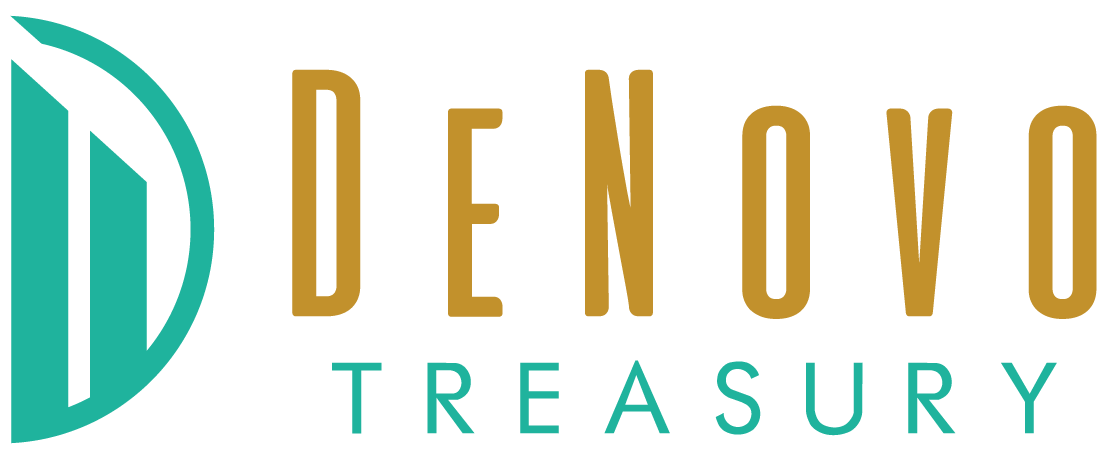Every Community Financial Institution faces the fundamental question: should we build Treasury Management capabilities internally or partner with specialized providers? This decision shapes operational efficiency, cost structures, and competitive positioning for years to come.
The stakes have never been higher. Treasury Management technology requirements are evolving rapidly, and the wrong approach can leave your institution struggling with outdated systems while competitors leverage cutting-edge capabilities.
Understanding the True Cost of Internal Development
Building Treasury Management systems internally requires significant upfront investment in development resources, ongoing maintenance costs, and continuous updates to keep pace with regulatory changes and market evolution.
Internal development costs extend far beyond initial programming. Consider the ongoing expense of maintaining specialized development teams, updating systems for regulatory compliance, and scaling infrastructure as your Treasury Management needs grow.
The Strategic Partnership Advantage
Partnering with established Treasury Management technology providers offers access to proven solutions, specialized expertise, and economies of scale that most CFIs cannot achieve independently.
Strategic partners bring deep Treasury Management domain knowledge that internal teams often lack. These providers understand regulatory requirements, industry best practices, and emerging trends that inform their product development roadmaps.
Evaluating Your Institution’s Core Competencies
The build-versus-partner decision should align with your institution’s strategic strengths and competitive advantages. Treasury Management technology may not represent a core competency worth developing internally.
Focus your internal resources on activities that differentiate your institution in the marketplace. If Treasury Management technology isn’t a competitive differentiator, partnering allows you to redirect resources toward customer-facing innovations and market-specific capabilities.
Risk Assessment Framework
Both approaches carry distinct risk profiles that require careful evaluation. Internal development offers control but creates dependency on internal expertise, while partnerships introduce vendor risk but provide access to specialized capabilities.
Consider operational continuity risks alongside development risks. Internal systems require ongoing maintenance and updates that can strain resources, while partnership agreements should include provisions for system continuity and data portability.
Implementation Timeline Considerations
Strategic partnerships typically offer faster implementation timelines than internal development, allowing CFIs to realize Treasury Management improvements sooner while reducing opportunity costs.
Time-to-market advantages compound over time. Earlier access to advanced Treasury Management capabilities can provide competitive advantages that justify partnership costs through improved operational efficiency and customer service.
Making the Strategic Decision
Your technology decision framework should evaluate total cost of ownership, risk tolerance, strategic alignment, and implementation timelines to determine the optimal approach for your institution’s specific circumstances.
The right choice depends on your institution’s unique situation. Neither approach represents a universally superior solution—success depends on honest assessment of your capabilities, resources, and strategic objectives.
The Treasury Management Innovation Labs webinar series explores 3 key areas of innovation: AI, Faster Payments, and Data. Join us to transform your approach to Treasury Management modernization – Registration is open NOW! Attendees get bonus content and take-home tool kits.


